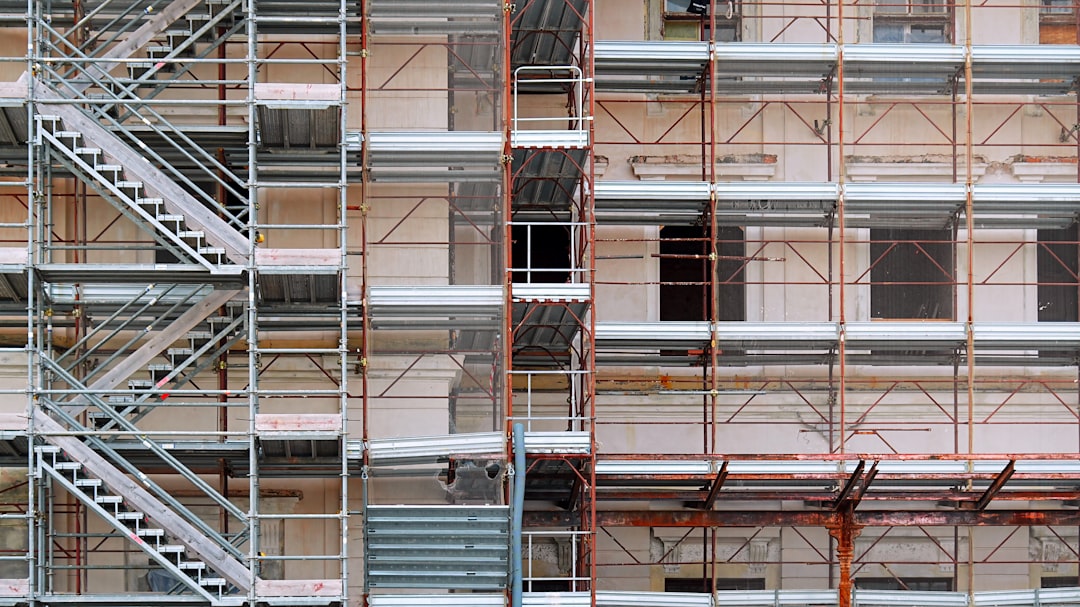
For construction professionals, understanding the cost of installing a central vacuum system is crucial. Current market data indicates that installation costs range from $2,000 to $4,500, depending on factors such as home size and system complexity. This guide provides a detailed breakdown of costs and considerations for trade professionals.
Installation rates vary significantly based on location and project specifics. In New England, for example, costs typically range from $2,000 to $4,500. Smaller homes with basic setups are on the lower end, while larger properties with advanced systems are higher. Staying updated with real-time pricing ensures accurate estimates.
Power units range from $550 to $1,400. Energy-efficient models may have higher upfront costs but offer long-term savings.
Expect to pay $1.50 to $2.25 per foot for PVC piping. Retrofits may increase costs by 20-30% due to additional labor.
Standard inlets cost $25 to $40 each, while specialty valves range from $90 to $120.
A 30-foot hose costs around $250, with specialty kits adding $150 to $300.
Labor accounts for 35-45% of total costs. Accurate estimates depend on regional wage data.
Utilize tools like voice-to-estimate and blueprint takeoffs to manage costs effectively. Real-time supplier pricing and flexible options help optimize budgets.
Central vacuum systems can increase property value by 2-4%. Energy savings and reduced allergens are additional benefits.
Most systems use low-voltage wiring, included in estimates.
Professional installation is recommended to ensure compliance and warranty protection.
Maintenance is minimal, with filter replacements averaging $40 every two years.

The Graham family faced challenges installing a central vacuum in their historic home. By leveraging CountBricks' tools, they reduced costs by 18%.
Initial quote: $5,200. Optimized estimate: $4,264. Savings: 18%.
Visit CountBricks to learn more about successful installations and start your own project estimate.